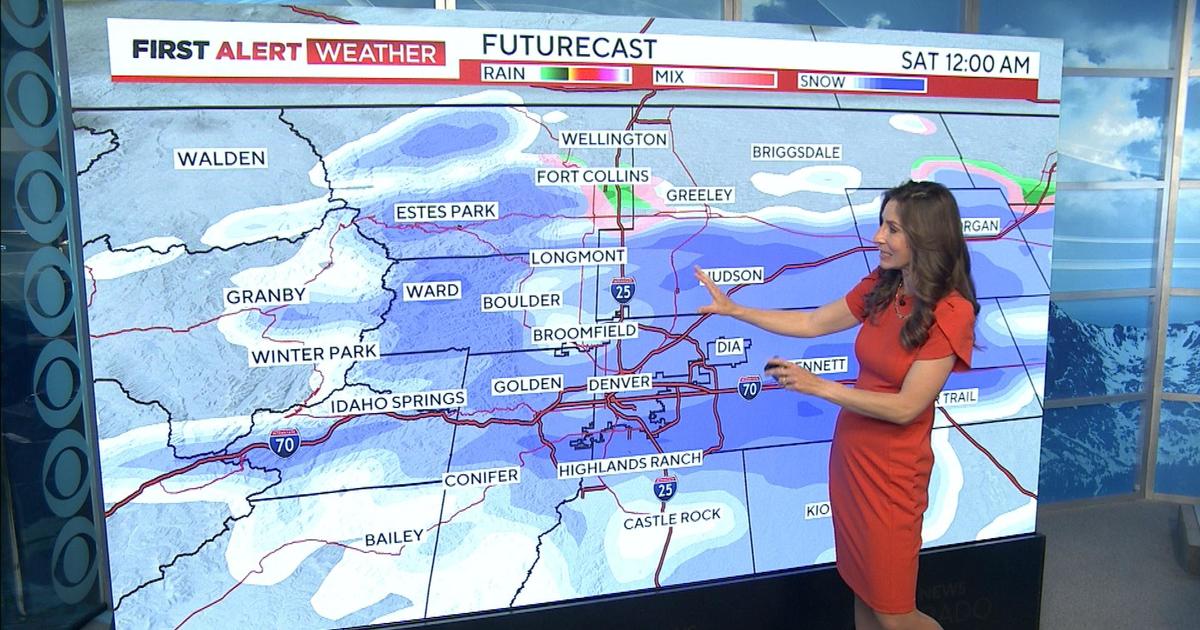BLM Seeks Path For Managing West Conservation Area
(AP) - If there's one thing that's clear on the canyon-riven, earthen upheaval known as the Uncompahgre Plateau, it's that there's no direct route to anywhere.
Much the same might be said for the draft resource management plan of the Dominguez-Escalante National Conservation Area, which is now awaiting public comment.
This is the first plan for the area, which was established by Congress in 2009, and it's expected to provide guidance for 20 years on how best to manage the lands southeast of Grand Junction, looming over the winding Gunnison River as it flows toward the confluence with the Colorado River.
No small part of the management plan is in the travel-management section, the one in which the agency will decide whether to keep open certain routes, and how best to manage the routes that it maintains.
As such, said Andy Windsor, outdoor recreation planner for the Bureau of Land Management, the travel-management plan is largely a means to an end, driving decisions about how to manage certain portions of the conservation area.
It can work the other way, as well, Windsor said, noting, "You can see how a different approach to recreation results in a different approach to transportation."
Picking his way along Farmer Canyon Road through Cactus Park in a government-issue SUV, Windsor said the idea is to provide a quality experience for visitors.
"The thing that makes the difference is the environment you're in," Windsor said.
So, for all-terrain vehicle riders, a road built for four-wheel-drive SUVs or pickups generally doesn't provide the quality experience that ATV riders tend to prefer.
For those users, a two-track path accommodating 50-inch wheelbases, with plenty of close-in vegetation, provides a feeling of seclusion and a remote setting, said Samantha Staley, planning lead for the conservation area.
Some areas might be more suitable for quiet recreation, away from the noise and dust of ATVs and the rumble of four-wheel drives.
In large part, decisions about travel will guide the agency as it looks at the other management questions it hopes to settle in the resource plan.
The plan includes five alternatives, the fifth of which is the preferred one. It was crafted to guide the agency to best meet 14 goals identified in the draft plan, as well as to find a balance between resource protection and uses such as recreation and grazing.
Planners are looking to public comment to help them evaluate existing routes, Windsor said.
If, for instance, there are two routes to the same place, "does that make one unnecessarily redundant?" he said. Or does it increase opportunities, he wondered.
"If the opportunity is for confusion, then maybe not," he said of keeping both routes open.
Users can comment on the web, tying their observations to the roads or routes as identified at http://www.blm.gov/co/st/en/fo/gjfo.html .
By following links to the Dominguez-Escalante plan, viewers can comment on aspects of the plan as they view them.
BLM planners also have to look at conditions on the ground, Windsor said as he negotiated his way through boulders and clumps of juniper and pinyon that had cut their way through the slickrock.
Off to the left of the main path headed up a hill was a parallel track, one evidently laid down by someone seeking a different experience.
"It's the birth of a redundant route that we're seeing," Windsor said.
A nearby spur off the main road runs down toward an arroyo and it's had enough traffic to be an obvious roadway, but it's not clear where it goes or why.
Farmer Canyon Road has been identified as a vested-interest road by Mesa County and none of the alternatives calls for its closure.
Not so much the spur or the parallel route, Windsor said.
"Pretty quickly we have that bowl of spaghetti," he said. "This is how it starts."
The resource-management plan will guide the BLM in day-to-day management decisions, such as how to deal with the spur and parallel routes along Farmer Canyon Road, but it also could be changed to reflect changing needs over the 20-year course of the plan, Windsor said.
Once the public comment period ends on Aug. 15, a multidisciplinary team will look over the comments and incorporate them, or explain why the suggestions can't be used.
Members of the team include a geologist, hydrologist, air-quality expert, a socio-economic analyst and others.
Officials will discuss the Dominguez-Escalante draft plan during two open houses, the first June 17 in the Colorado Mesa University Center and the next on June 19 at the Bill Heddles Recreation Center in Delta. Both meetings will be from 4:30 p.m. to 7:30 p.m.
A proposed plan is due next May.
- By GARY HARMON, The Daily Sentinel
(© Copyright 2013 The Associated Press. All Rights Reserved. This material may not be published, broadcast, rewritten or redistributed.)



